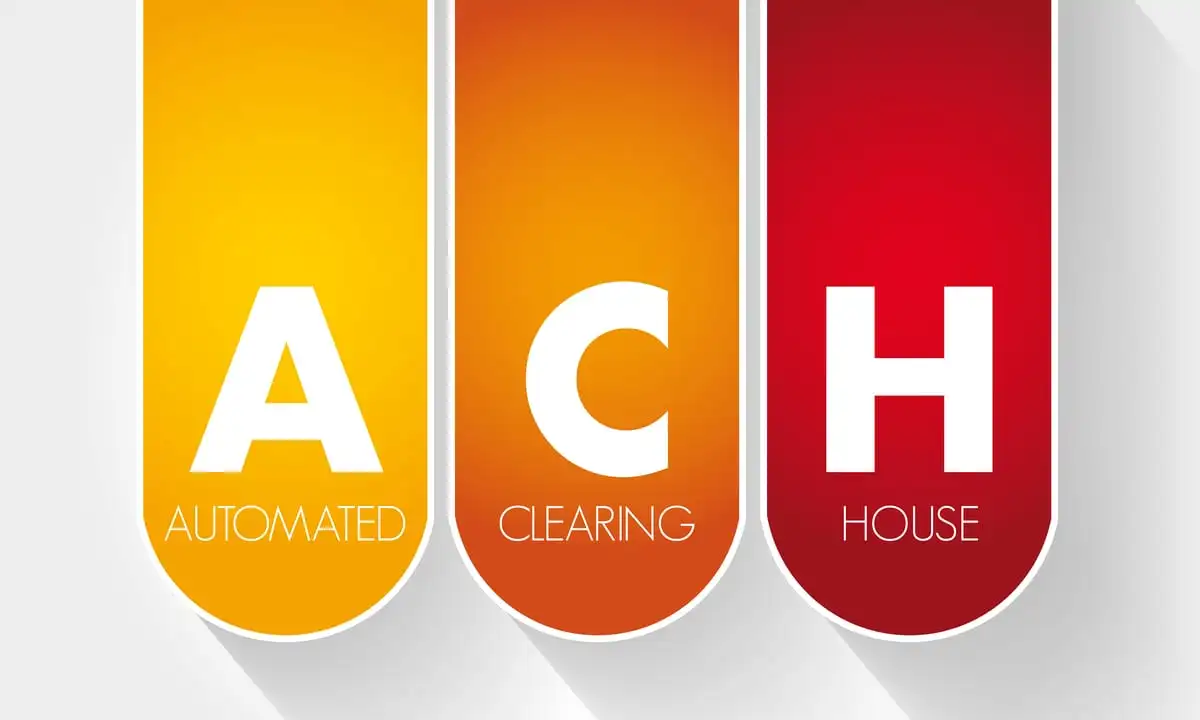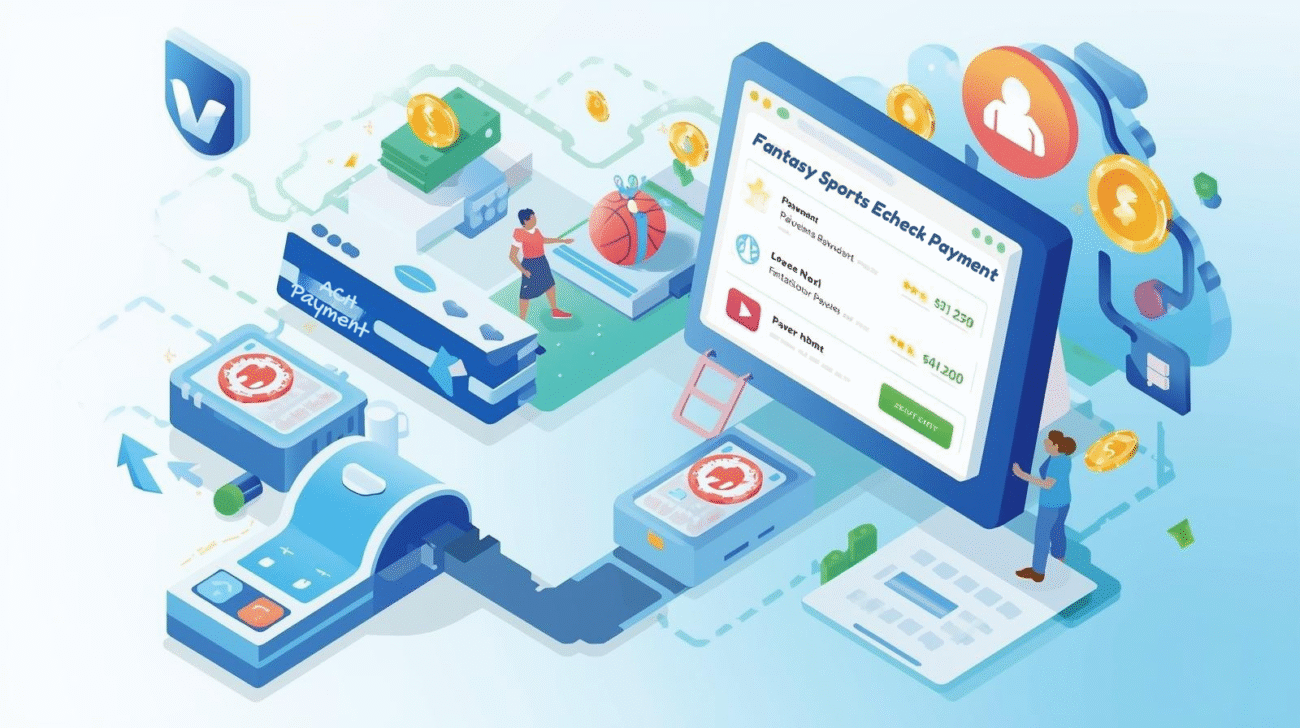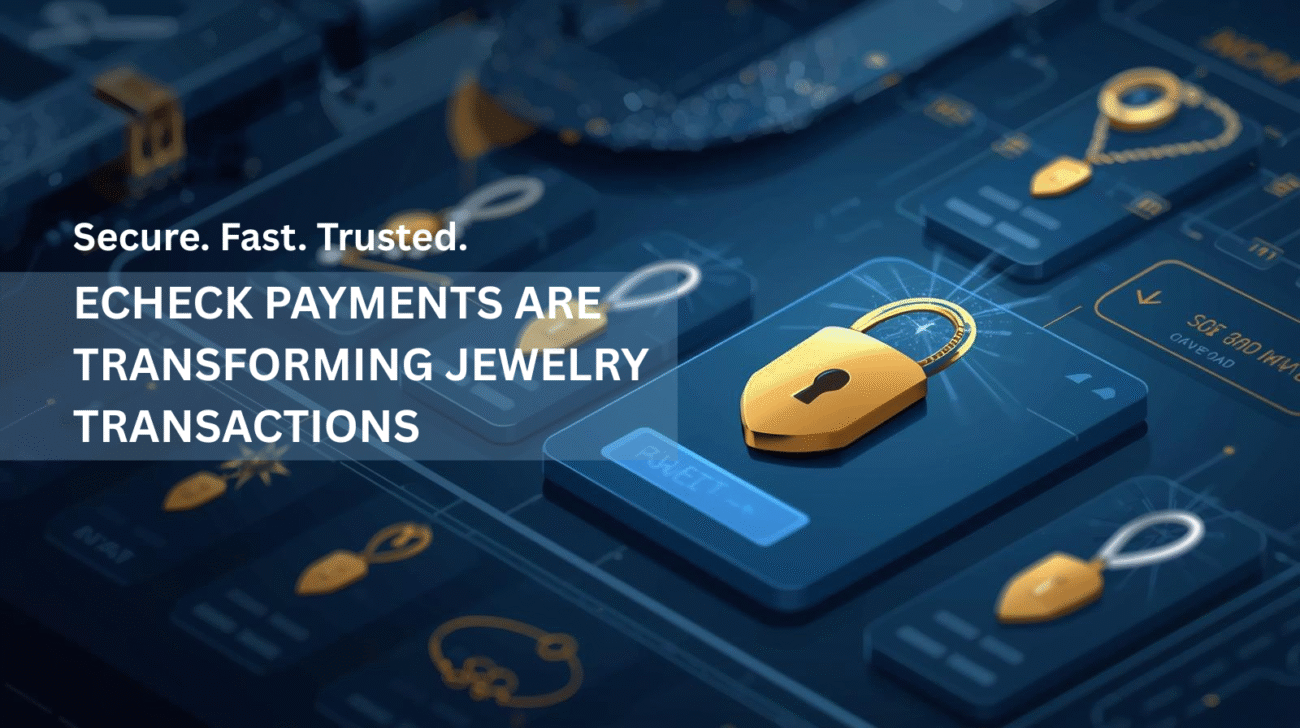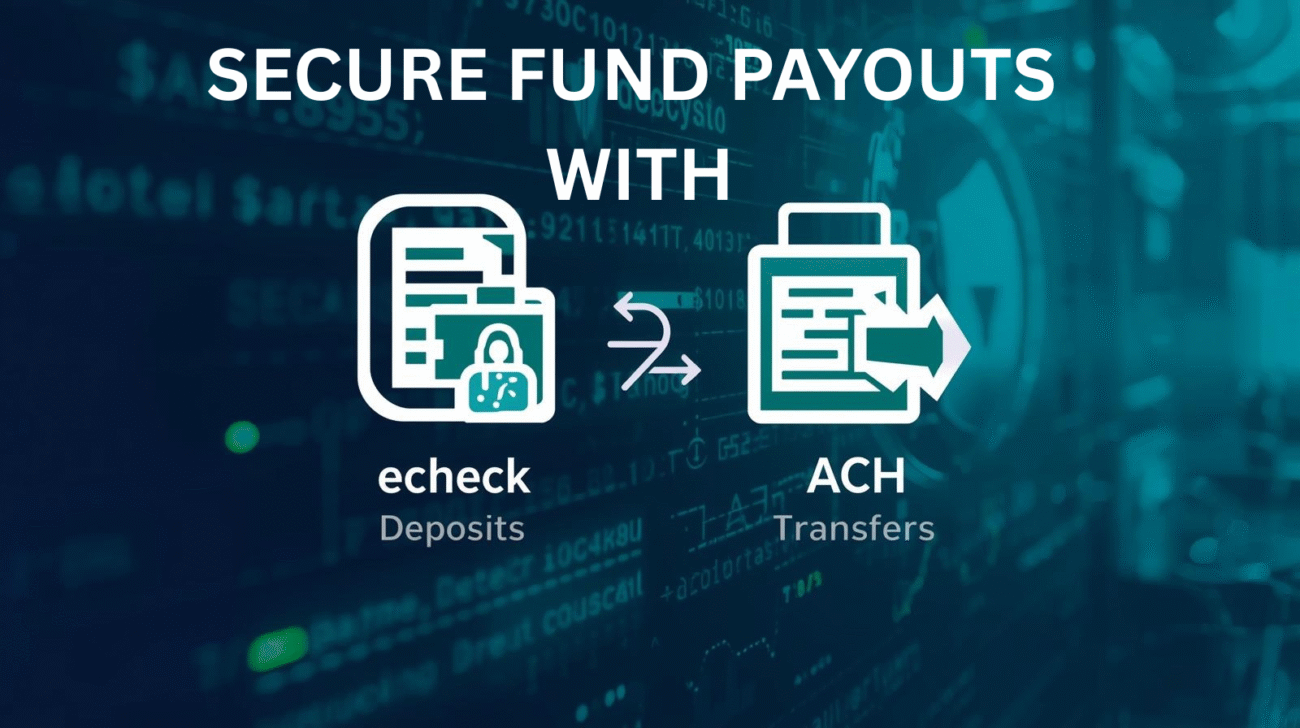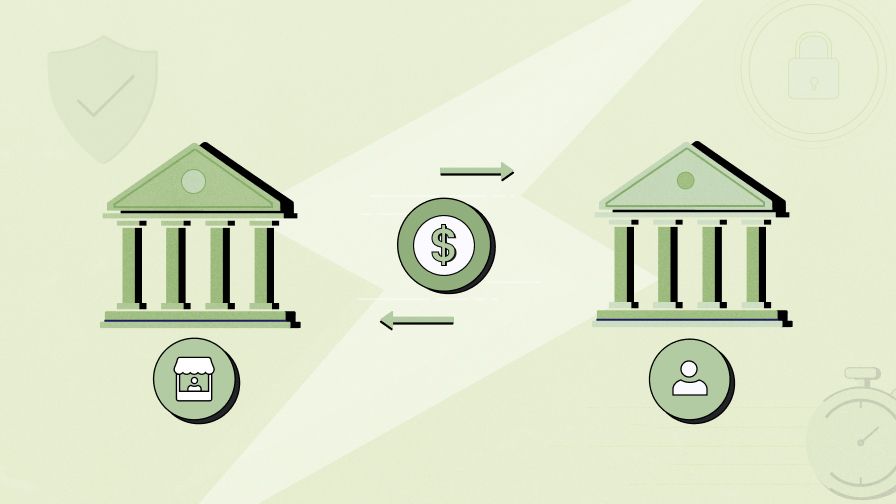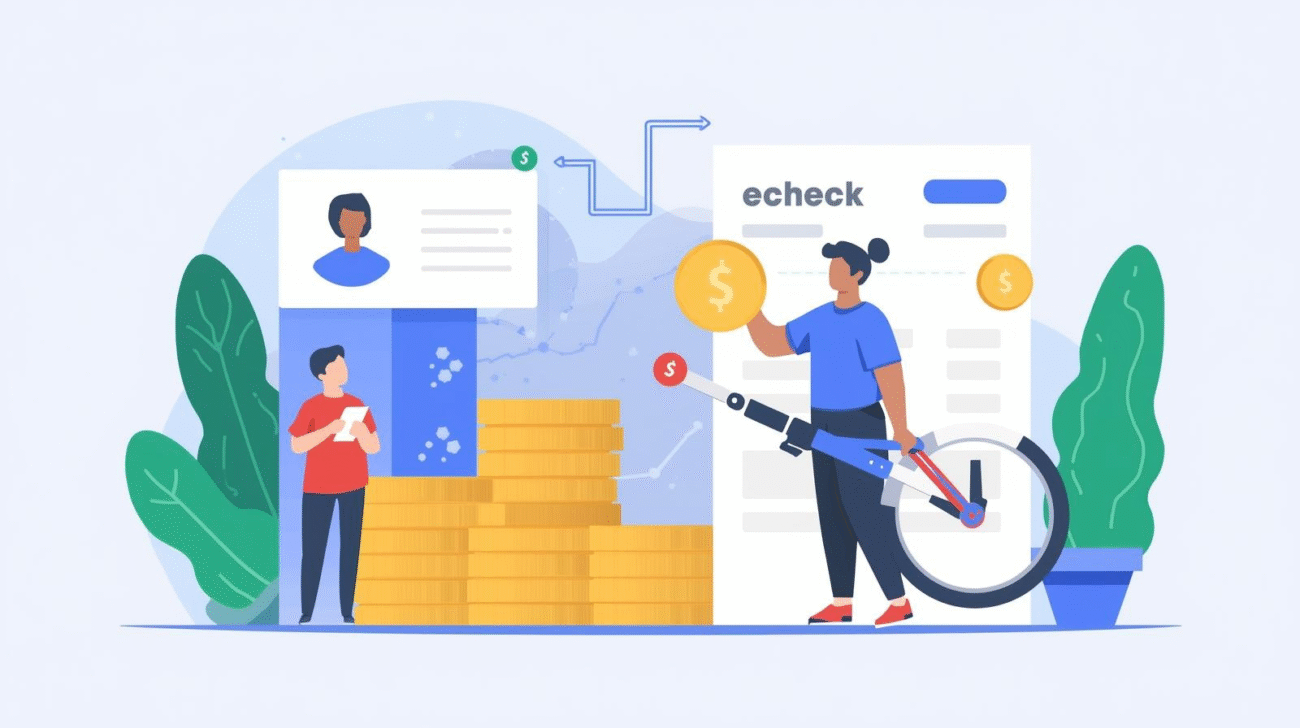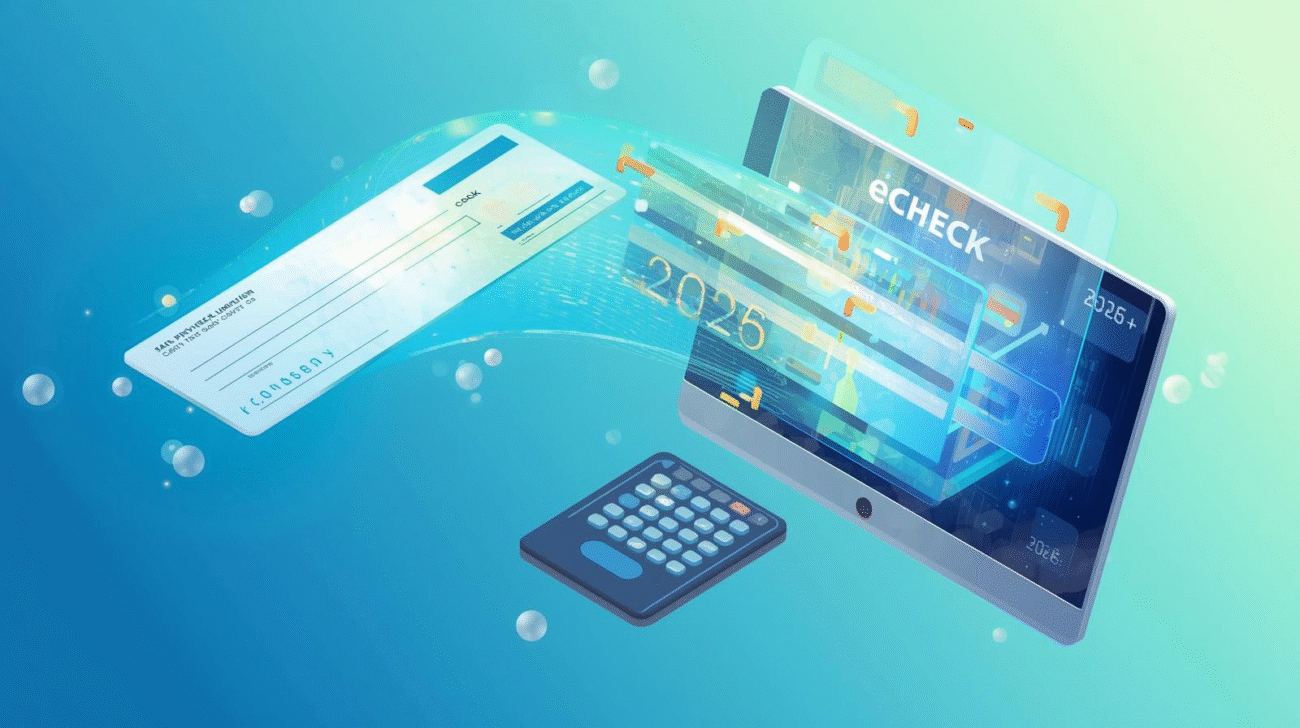The landscape of business-to-business (B2B) payments is rapidly evolving, driven by the shift from traditional checks to automated, digital methods like Automated Clearing House (ACH) transactions. This digital shift offers a range of benefits, from cost savings and increased efficiency to improved security and compliance. Let’s explore the transition from checks to B2B ACH payments and how it is transforming the way businesses handle financial transactions.
The Limitations of Checks in B2B Transactions
Historically, checks have been the dominant payment method in B2B transactions. While they offer a tangible paper trail and are familiar to many businesses, they come with significant limitations:
- Slow Processing: The physical nature of checks requires time for mailing, receiving, and processing. This leads to delayed payments and cash flow issues.
- High Costs: Handling checks involves various costs, including printing, mailing, and manual processing. These expenses can add up quickly.
- Risk of Fraud: Checks are vulnerable to fraud through theft, forgery, and alteration. This puts businesses at risk of financial losses and potential damage to their reputation.
- Administrative Burden: Managing checks requires manual reconciliation, tracking, and storage, which can be time-consuming and prone to errors.
The Rise of B2B ACH Payments
Automated Clearing House (ACH) transactions have emerged as a preferred alternative to checks for B2B payments. ACH is an electronic network that enables direct transfers between bank accounts, offering a faster, more efficient, and secure way to conduct transactions.
Key Advantages of B2B ACH Payments
- Speed and Efficiency: ACH payments are processed electronically, allowing funds to be transferred quickly, often within one to two business days. This accelerates cash flow and streamlines payment processes.
- Lower Costs: ACH transactions typically incur lower fees compared to check processing, resulting in cost savings for businesses. Additionally, the automation of ACH reduces administrative overhead.
- Enhanced Security: ACH transactions use encryption and authentication protocols to ensure secure transfers, minimizing the risk of fraud. The electronic nature of ACH also reduces the chance of lost or stolen checks.
- Improved Compliance: ACH transactions adhere to strict regulatory standards and payment rules, providing businesses with a higher level of compliance and accountability.
- Better Cash Flow Management: With ACH, businesses can schedule recurring payments and streamline cash flow forecasting. This predictability allows for better financial planning and resource allocation.
- Environmental Benefits: By reducing the need for paper checks, ACH transactions contribute to environmental sustainability through decreased paper usage and carbon emissions.
eCheck Payments: A Bridge to Digital Transformation
eCheck payments are a form of ACH transaction that bridges the gap between traditional checks and digital payments. eChecks allow businesses to process electronic payments using the customer’s bank account information, offering a secure and efficient alternative to paper checks.
How eCheck Payments Work
- Authorization: Customers provide their bank account information and authorize the eCheck payment.
- Verification: Businesses verify the customer’s account information and ensure sufficient funds are available.
- Processing: The payment is processed electronically through the ACH network, transferring funds from the customer’s account to the business’s account.
- Confirmation: Once the transaction is complete, businesses receive confirmation of the payment.
Benefits of eCheck Payments
- Convenience: eChecks streamline the payment process, allowing customers to pay directly from their bank accounts without the need for checks or cash.
- Cost Savings: eCheck transactions incur lower fees compared to traditional check processing, resulting in reduced operational costs.
- Improved Security: eChecks use encryption and authentication measures to protect customer data and transactions.
- Enhanced Customer Experience: By offering eCheck payments, businesses provide customers with a convenient and secure payment option that aligns with their digital preferences.
Embracing the Digital Shift
The transition from checks to B2B ACH payments and eCheck payments marks a significant shift toward digital transformation in the world of B2B finance. Businesses that embrace this shift can benefit from increased efficiency, reduced costs, and improved security.
To make the most of this digital transformation, businesses should consider the following best practices:
- Educate and Train Staff: Ensure that employees understand the benefits and processes of ACH and eCheck payments. Training can help staff confidently handle digital transactions and resolve any issues that may arise.
- Choose a Reliable Payment Processor: Partner with a reputable payment processor that offers ACH and eCheck payment services. Look for providers that prioritize security, compliance, and customer support.
- Monitor and Analyze Transactions: Regularly review ACH and eCheck transactions to identify trends, discrepancies, or potential fraud. Monitoring can help businesses optimize payment processes and improve cash flow management.
- Promote eCheck Payments to Customers: Educate customers about the benefits of eCheck payments and encourage them to choose this option for faster, more secure transactions.
By embracing the digital shift from checks to B2B ACH and eCheck payments, businesses can stay ahead of the curve and drive growth in today’s competitive landscape. The future of B2B payments lies in the seamless, secure, and efficient world of digital transactions.

